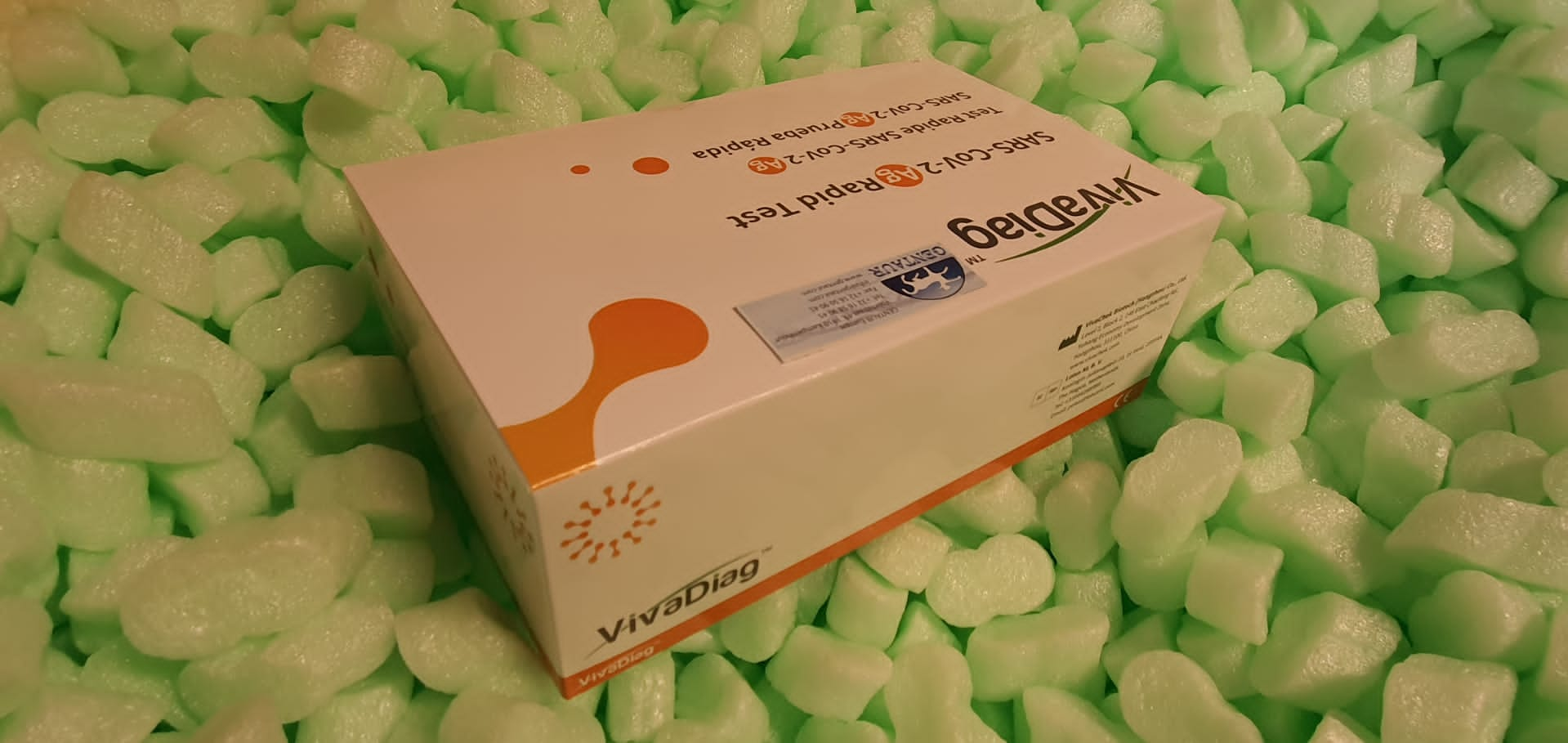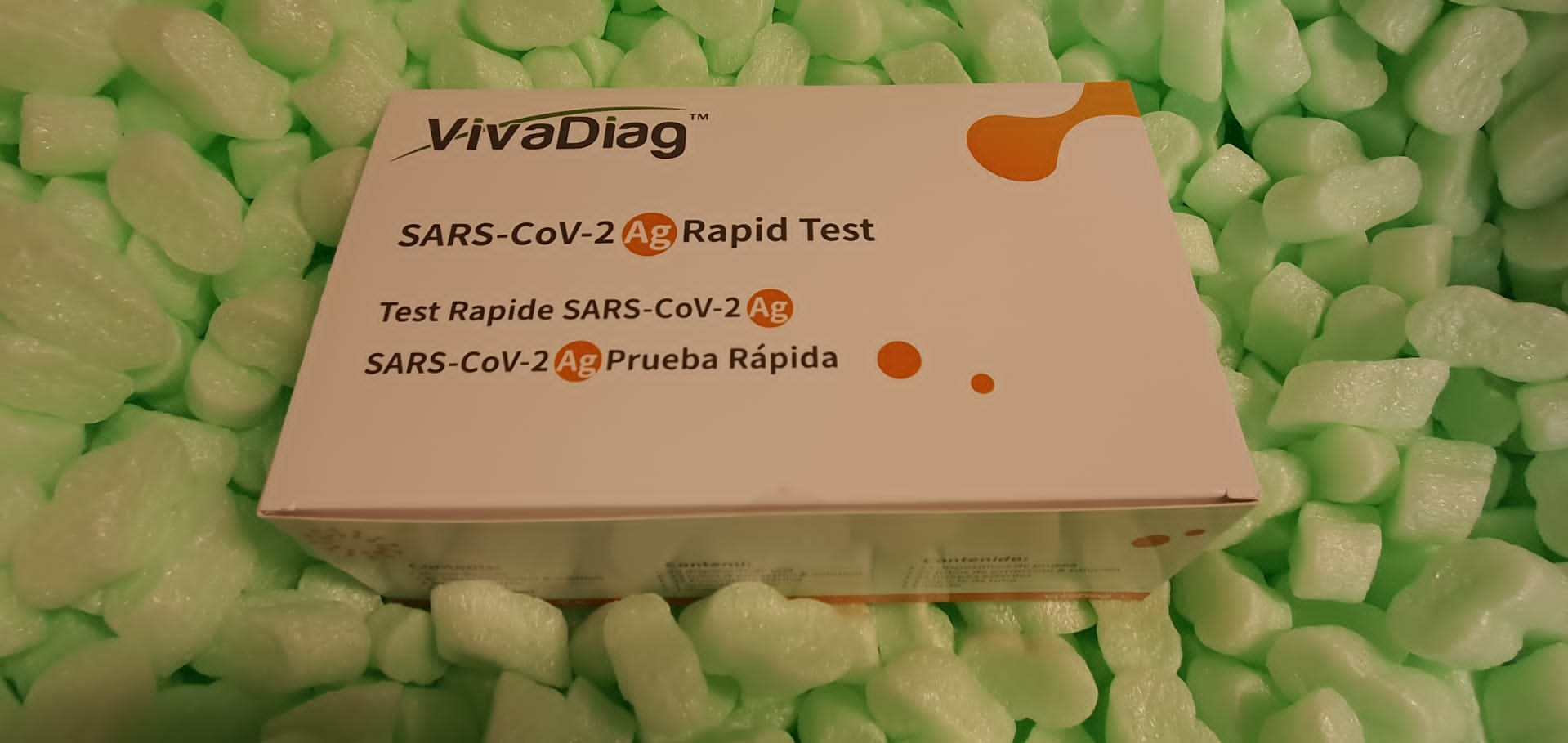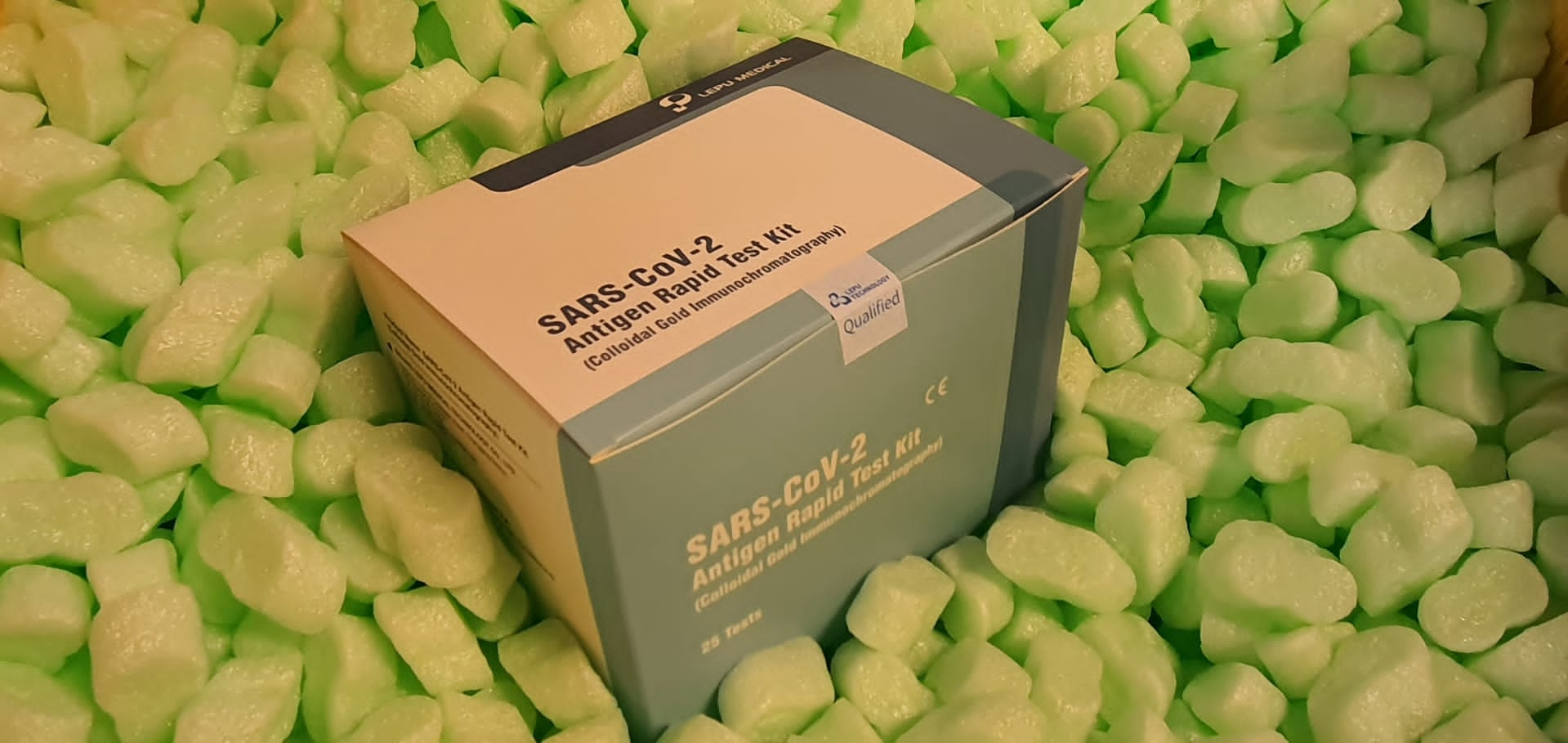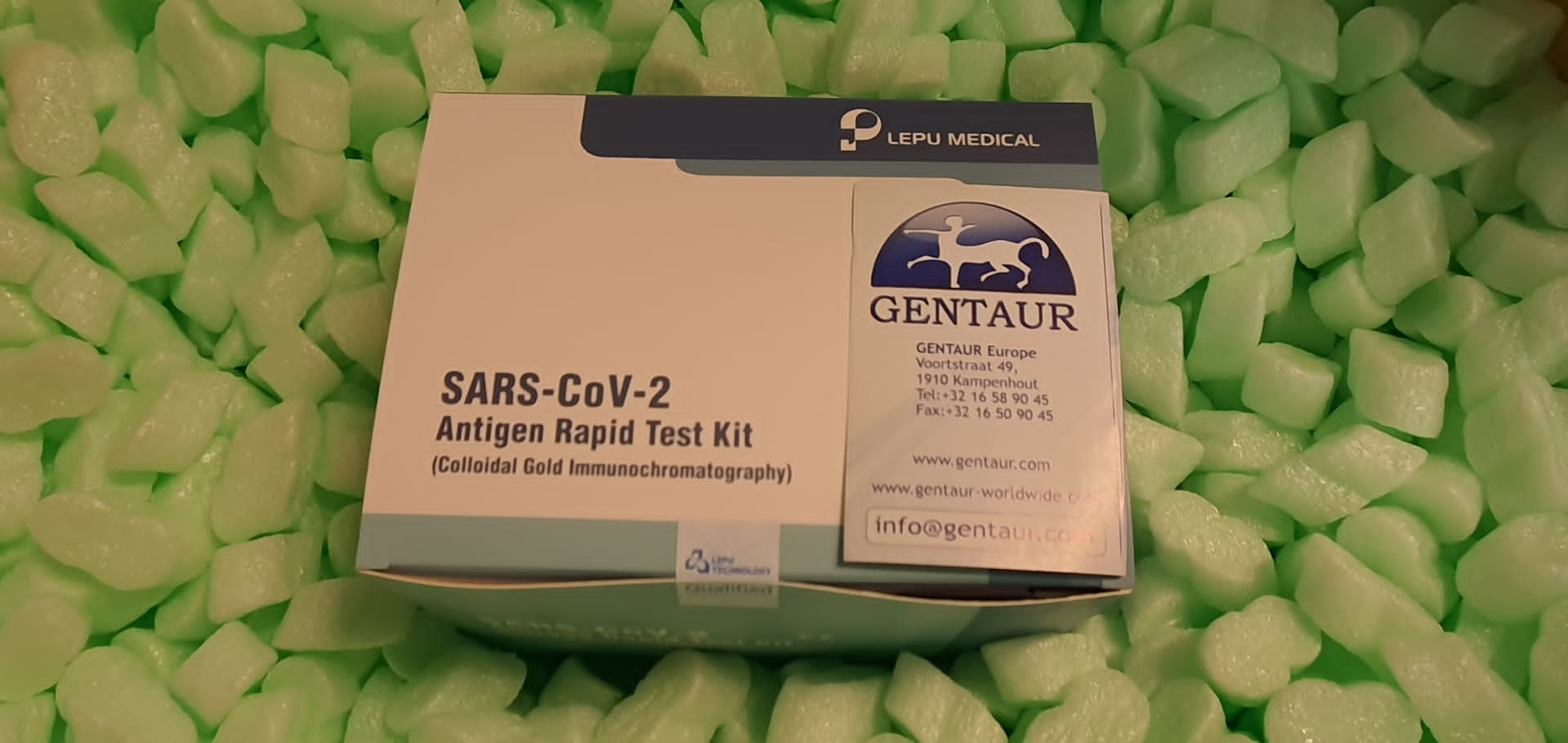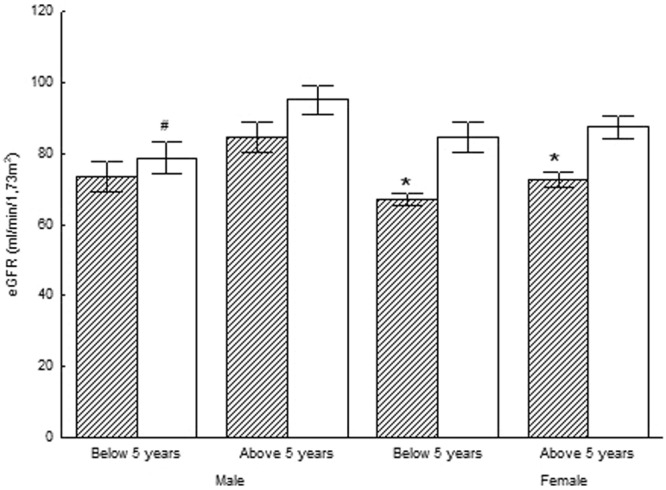Sterol 14α-Demethylase from Trypanosomatidae Parasites as a Promising Target for Designing New Antiparasitic Agents
Trypanosomatidae household belongs to the Kinetoplastida order, which consists of compulsory parasites that have an effect on crops and all courses of vertebrates, particularly people and bugs. Among the heteroxenic parasites, Leishmania spp., Trypanosoma cruzi, and T. brucei are protozoa of most important curiosity for medicinal chemistry, being etiological brokers of Leishmaniasis, Chagas, and Sleep … Read more

